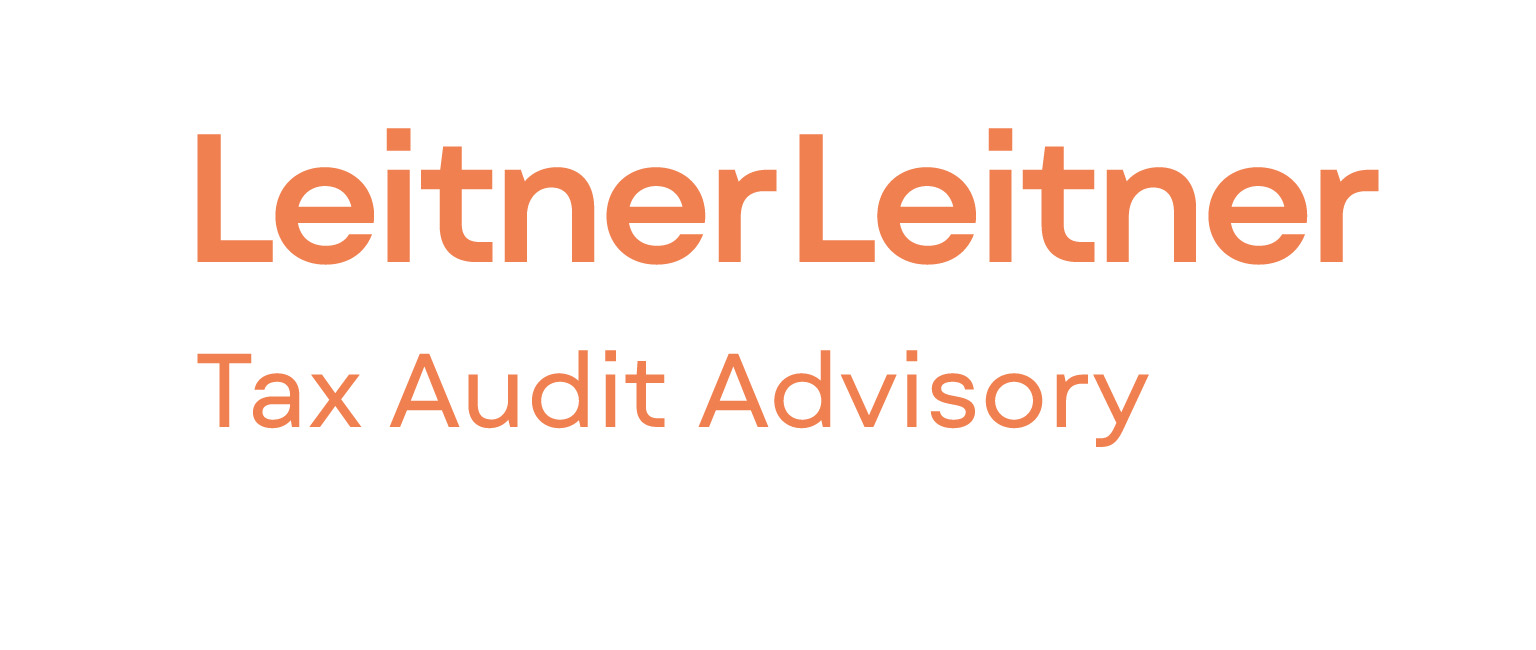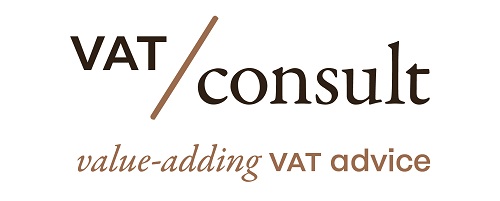- VAT fraud negatively impacts revenue collection for EU member states and the EU.
- Member states lost approximately 89 billion euros in 2022 due to VAT fraud.
- Fraud on VAT levied on imports is a major type of cross-border VAT fraud.
- VAT is due when goods enter the EU customs union, based on customs declarations.
- Two simplified import customs procedures facilitate trade: Release for free circulation and import one stop shop.
- The audit assessed the protection of EU financial interests against VAT fraud under these procedures.
- Loopholes and inconsistencies in the EU regulatory framework and monitoring present significant risks.
- Weaknesses exist in member states’ controls and cooperation at the EU level.
- Current measures are inadequate to prevent and detect VAT import fraud effectively.
- Recommendations include strengthening the regulatory framework, conducting in-depth analyses, requiring transport evidence, and enhancing cooperation between customs and tax authorities.
Source: eca.europa.eu
Note that this post was (partially) written with the help of AI. It is always useful to review the original source material, and where needed to obtain (local) advice from a specialist.
Latest Posts in "European Union"
- VAT Committee Clarifies Single-Purpose Vouchers and ECJ Judgment on Supply and Taxation Rules
- EU Commission Unveils Strategy for Digital VAT Reform Implementation and Timelines
- CJEU Ruling: Transfer Price Adjustments May Be Subject to VAT Across EU
- EU Import VAT Deferment: A Strategic Tool Amid Reciprocal Tariff Challenges
- EU Commission Reveals Plan to Implement VAT in the Digital Age (ViDA) Reform














